The commercial field contains a wide range of metals and alloys, of which brass and copper can be metals that are altogether easily confused. In this article, we aim to introduce you to the utilization of brass and copper alloys in the industry of CNC machining by setting forth their most distinct properties.
Copper
In humanity’s history, copper remains a pure metal suitable for direct processing that has also been actively used since ancient times. Antimicrobial in nature, copper is remarkably soft and can easily be hammered in its purest form. It also offers high electrical and thermal conductivity alongside a high resistance rate to corrosion. The electrical and electronics industry benefits from the properties of copper.
With its high machining rate, copper is one of the cost-effective CNC machining metals. C101 and C110 copper alloys are extensively used for CNC machining to maintain the perfect thermal and electric conductivity.
C101, also known as “oxygen-free copper”, is an exceptionally pure alloy with 99.99% Cu and shows perfect electrical conductivity, therefore also called an “HC (high conductivity)” copper. Furthermore, C101 is an indispensable alloy in the electrical and electronics industry, containing noticeable endurance rates and high ductility. Its effective corrosion resistance is also used in various engineering applications like cables, constituent engine parts, and combined transformers.
C110, also known as “electrolytic hard-pitch (EHP)”, is a highly pure alloy with a 99.9% Cu content; although it’s not as pure as C101, it still shows a high electrical conductivity. It’s more cost-effective than C101, and processing is much easier. In addition, C110 can be easily formed with cold forming methods. C110 alloy is frequently preferred in electrical and electronic applications.
Brass
Brass, a metal that contains in itself a combination of copper and zinc, is among the preferred CNC machining metals thanks to its high machinability despite its relatively high raw material cost. Additionally, brass stabilizes its raw material cost with its high scrap yield. Brass is also prevalently known as having medium hardness and high tensile strength. Significantly enhancing the power of the brass zinc concentration and ductility rate.
In addition to the zinc concentration that enhances the brass’s strength and ductility rate also allows the alloy to be airtight and flexible. The brass’s color changes from red to yellow with increasing zinc concentration. C260 and C360 alloys with high zinc concentrations are preferred in CNC machining. These alloys that have a gold appearance showcase outstanding mechanical properties. They exhibit good corrosion resistance and are highly machinable alloys. Moreover, they are ideal for applications that require low friction.
C260, also known as “yellow brass” or “cartridge brass”, is the commonly preferred brass alloy that is also the most cost-effective among other alloys. C260, being the most ductile brass, offers good mechanical properties thanks to its superior corrosion resistance. With its easy manufacturing process, the C260 alloy can be given form by means of the cold. It is commonly used in ammunition components, hinges, connectability elements and radiator equipments.
C360, also known as “free-machining brass”, has excellent machinability, as its name demonstrates, thanks to its high lead content. Known as a soft and ductile alloy, the C360 is a powerful material that displays excellent endurance rates. Then again, this alloy showcases excellent corrosion resistance and is ideal for parts that need low friction. It is commonly used in components such as cap nuts, bolts, shafts, bearing bushings, screws and connectors.
Choosing between Copper and Brass
Copper offers you excellent electrical and thermal connectivity. With high purity alloys such as C101/HC (99.99% Cu) and C110 (99.9% Cu), you can fulfill the requirement of your conductivity and obtain the mechanical properties for the part that you design. Furthermore, these alloys can be quickly processed thanks to their high machinability properties.
Amongst all copper alloys, brass offers you the best machinability. The copper found in brass brings the best electrical and thermal conductivity. Having said that, thanks to its zinc content, brass showcases superior mechanical properties and is a low-friction material compared to copper. In a nutshell, brass showcases much better abrasion and corrosion resistance compared to copper. Brass also gains excellent machinability thanks to another alloy element: ammunition.
You can access high corrosion resistance thanks to the most ductile yellow brass C260 and the best machinable alloy C360. CNC machines can efficiently process these alloys thanks to their excellent machinability, thus saving time and energy. For parts that need low-friction and high endurance, brass alloys C260 and C360 are ideal.
Known for their electrical conductivity, brass and copper showcase remarkable differences in electrical conductivity. Superconductive copper, accepted as 100% conductive in absolute terms, is located on other electrical conductivity material reference systems. On the other hand, brass displays approximately 28% of electrical conductivity due to its copper and zinc alloy.
Conclusion
Selecting your materials while considering the areas of usage for your parts will help you in the long run, in terms of productivity and cost. The alloys of the two metal materials that we examined are commonly used in the manufacturing of fasteners due to their high machinability and corrosion resistance. You can contact us to produce your parts with brass and copper alloys that distinguish themselves with slight differences.
 Europe
Europe  Türkiye
Türkiye  United Kingdom
United Kingdom  Global
Global 

 Login with my Xometry account
Login with my Xometry account  0
0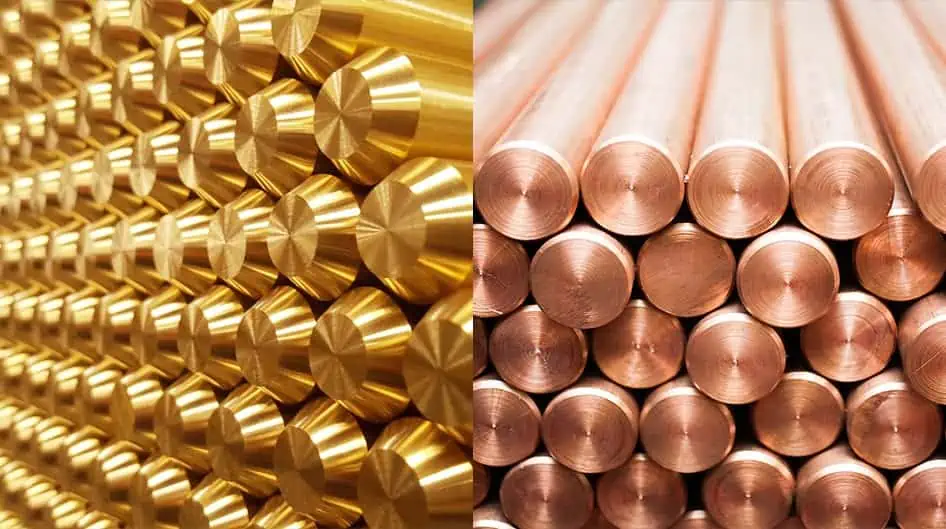

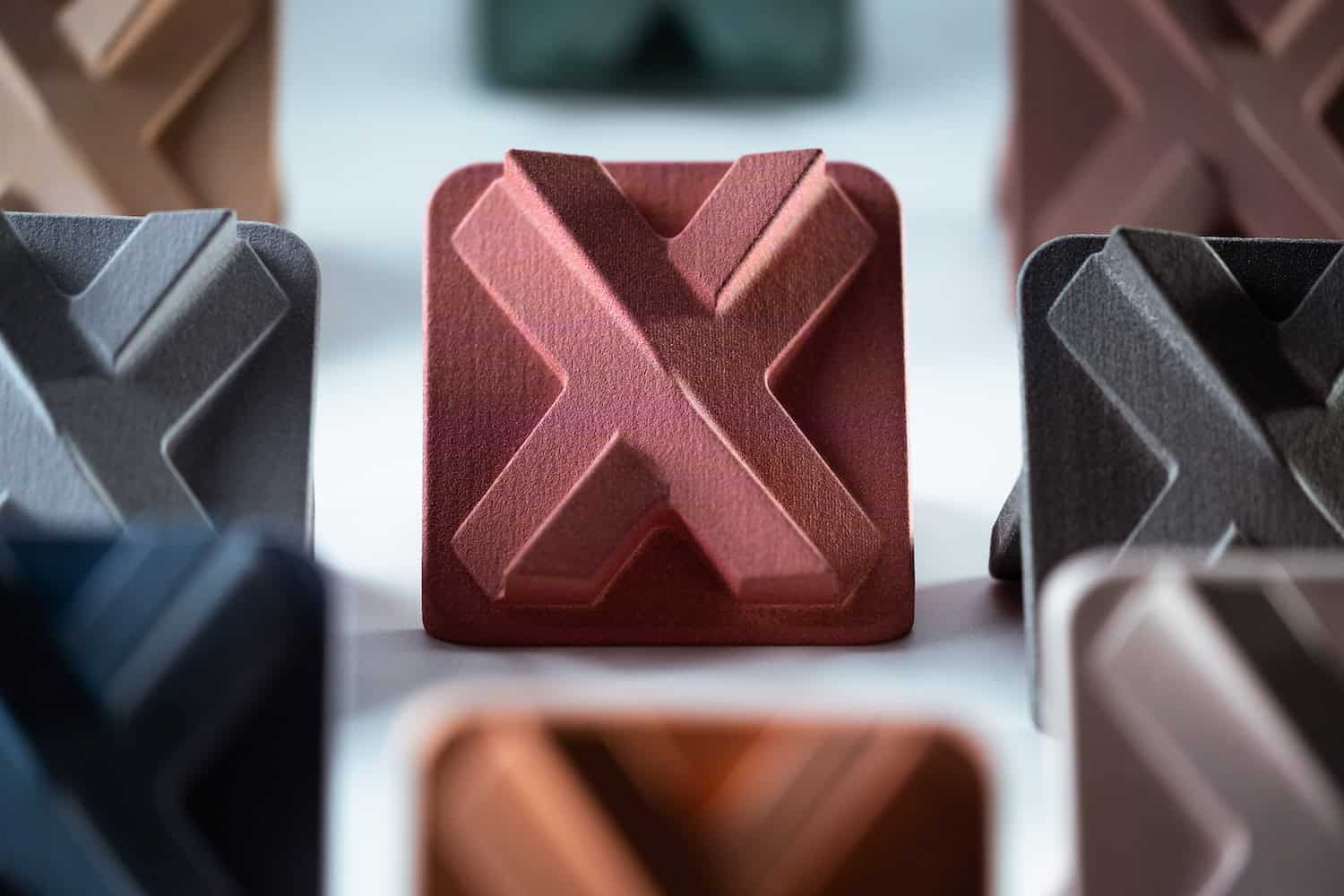
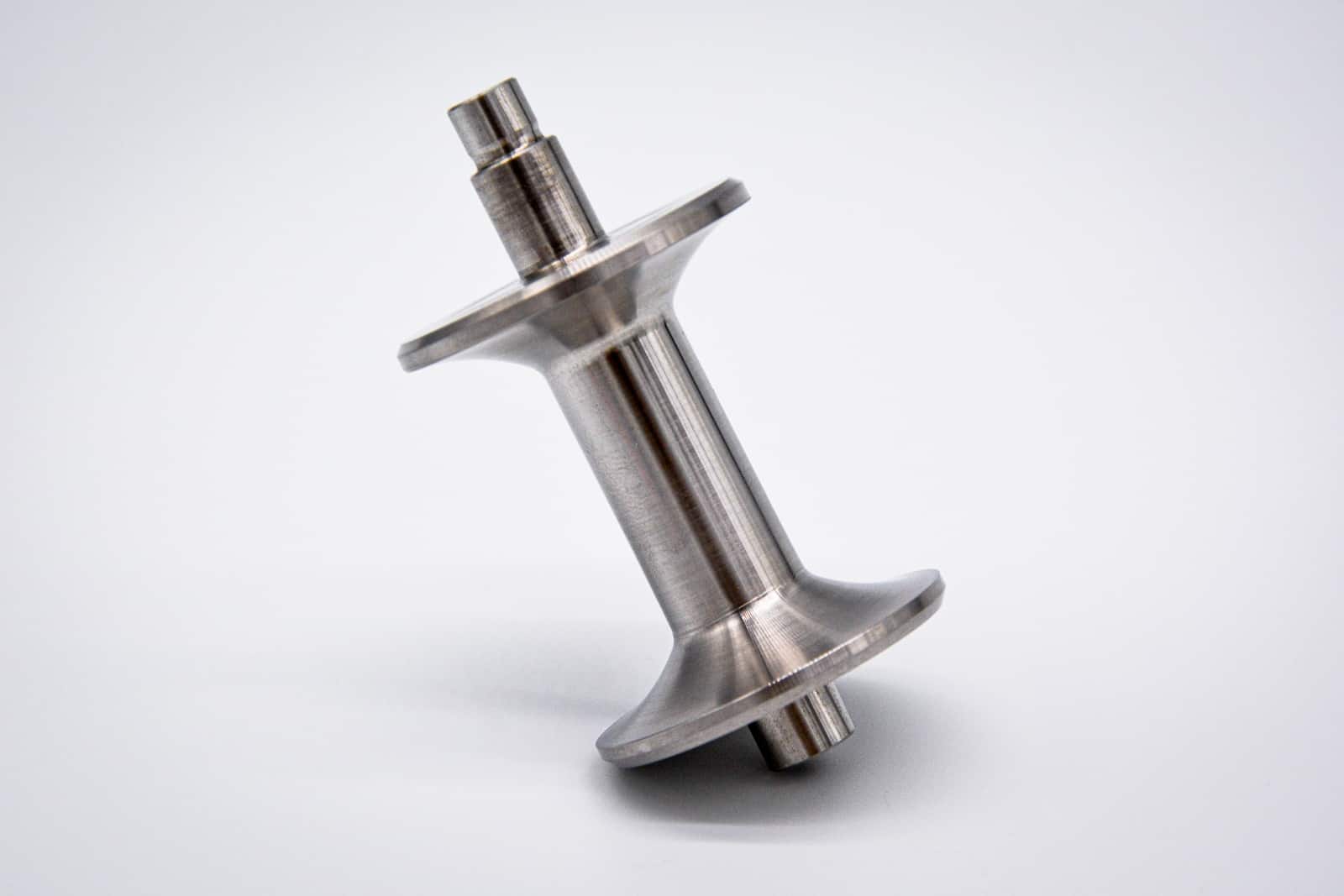

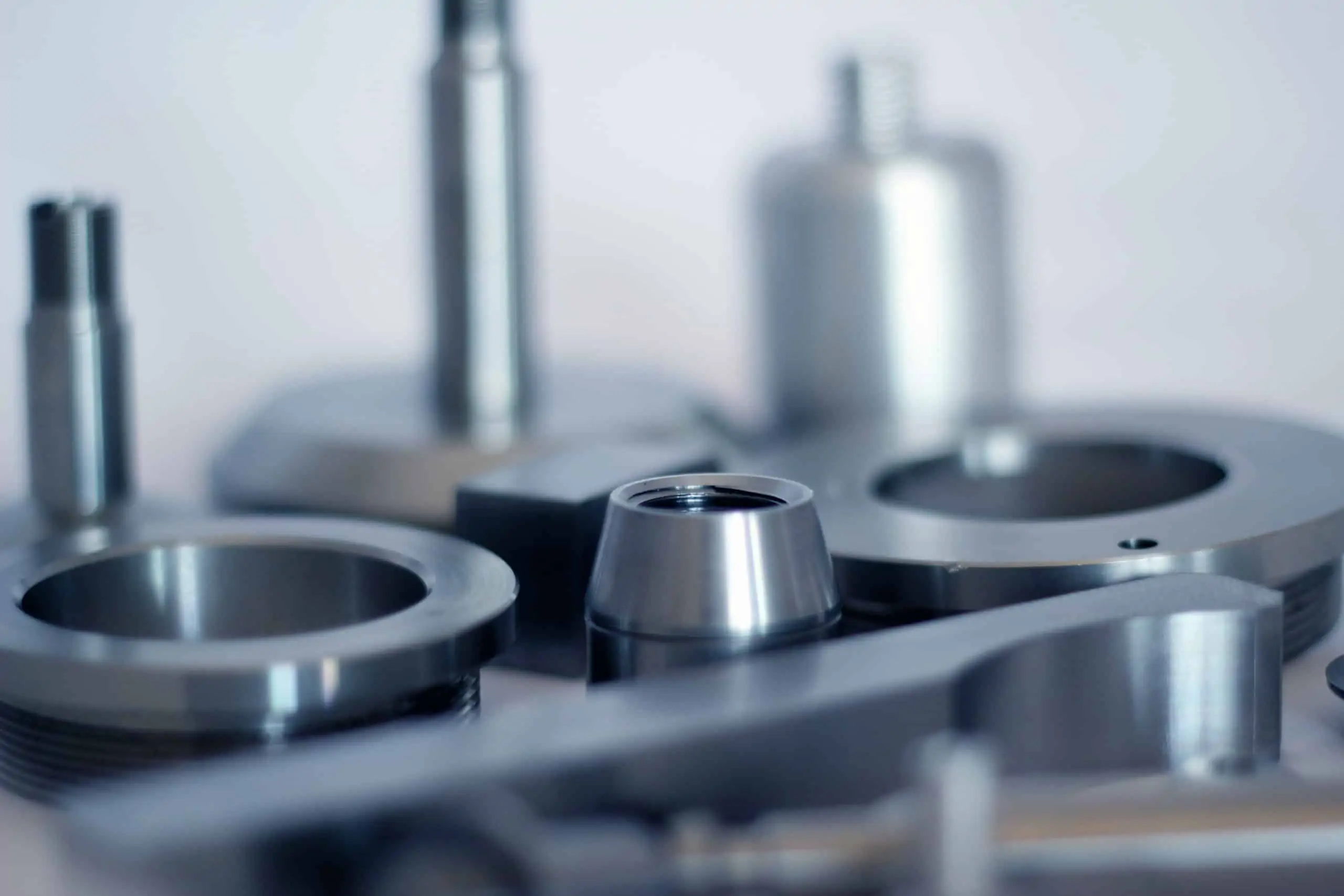

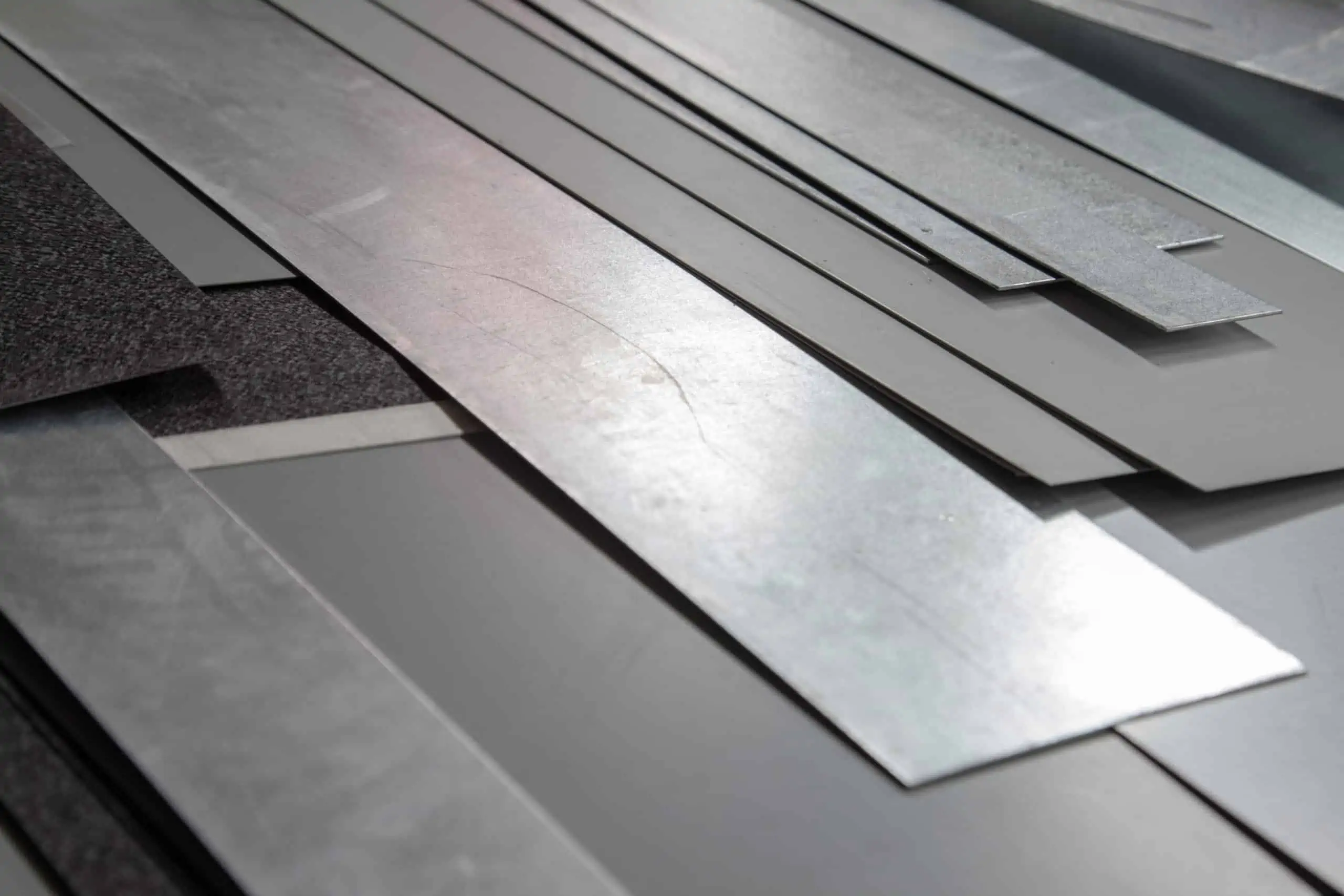


Comment(0)